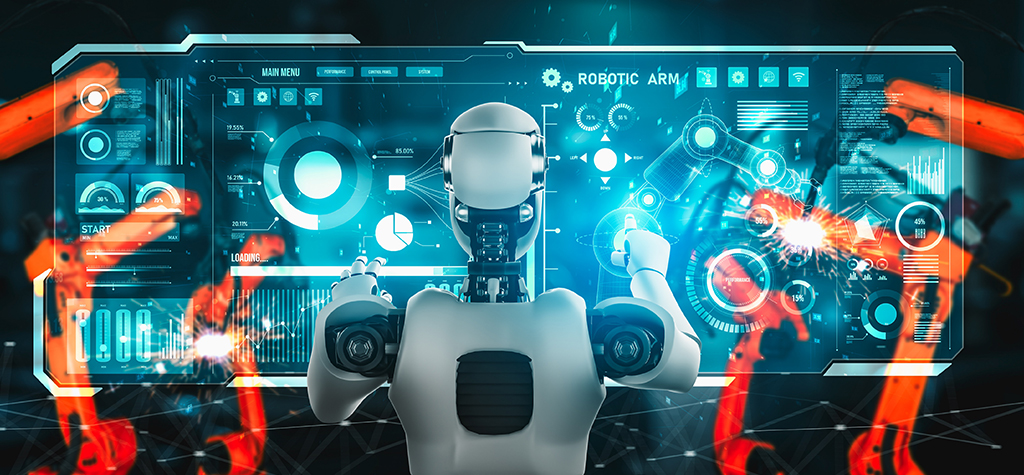Introduction
The introduction of cutting-edge technology drastically changed almost every sector, and real estate is no exception. In fact, it promises to revolutionize how business is conducted for all time.
What does technology imply for real estate’s future? The industry will evolve as a result of technological advancements, improving customer experiences. Roles, risks, and profits in the business will undoubtedly shift due to these changes.
Is there any difficulty calculating the exact price of your property? Do you face difficulty in predicting the future price of your property? Still, searching for an application for real estate business? If you are facing such issues, then we are here to get your problem solved.
We want to talk in-depth about a few technologies that are important to your business.
Leading Real Estate Trends
By implementing changes in your real estate business, you can increase transparency while decreasing your workload. We want to offer new solutions to your business at this point by the word technology.
- How can I identify the optimal price?
Are you sure that the price you have set for your house is the suitable one—neither lower nor higher? Or are you still having trouble deciding on a price?
We cannot deny the fact that the struggle to decide on a price for our property is a serious one. Pricing for real estate, particularly when it is first introduced to the market, either makes or breaks your success.
Many of the issues and uncertainties we have when selling a property are caused by a lack of control or knowledge of the processes involved in it. You might need to employ different insights to examine market conditions, buyer profiles, and other data sets to accurately forecast property values. We assist you in learning about the present market worth and in making value projections for the future. We help you to fix the best value for your property by considering all the necessary factors.
Technology-enabled services appear to be a wise choice going ahead.
- An application for your convenience
Are prop-tech’s benefits to real estate? Absolutely. We help you to research, sell and manage the property.
Do you have plans to make any new modifications to your business through the use of a new application? Are you looking for the right partners or development team to launch your new app? If so, we are ready to help.
According to a research report by Future Market Insights, the PropTech industry will expand 16.8% over the course of ten years, from 2022 to 2032, and will reach US$ 86.5 billion in 2032, up from US$ 18.2 billion in 2022.
The fundamental concept of purchasing, renting, and selling homes has transformed as a result of real estate technology, or prop-tech. Today’s purchasers use their computers and mobile devices to find competitive prices on the homes of their dreams.
- AI & ML
First, you should think of technology as an investment rather than an expense. Does it result in a profitable ROI? Well, the answer depends on the technology that you choose.
Yet if you’re asking yourself which technology you should invest your money in, the answer may be AI and ML.
You must include machine learning and artificial intelligence in your database to maintain the integrity of your customer base information. These developments also help you to get information on debt levels, property valuations, etc. It aids in the analysis of real estate transactions, tax evaluations, public records, and other property characteristics like location. In the program itself, a user may find anything in the blink of an eye.
As we all know, without being particularly programmed to do so, machine learning relies on observing data sets and discovering patterns to make accurate conclusions. A significant development in AI technology is the capacity of systems to automatically learn from the data presented and use that learning to guide future decision-making.
As a result, we assist in making property price predictions faster and more precisely than previous approaches by using the expanding amount of data and machine learning algorithms. By applying ML to your business, you can automate the pricing process, and more data may be considered while requiring less time and fewer human mistakes. Yet, we have the authority to take more characteristics and unconventional data into account.
We need to know about one more advantage of AI is that it helps you to connect with the most qualified customers. Nothing is more annoying for your business than irrelevant web visitors who merely drop by, look at properties, and then go, never to come again. Although it’s common for people to visit real estate websites for recreational activity, it’s wise not to see these clients as possible leads.
By sorting through all visitors to identify genuine customers, AI technology saves you time. By enabling you to connect with the most qualified potential clients, Natural Language Processing Technology excels in real estate trends.
Conclusion
You need to actually take digital marketing seriously if you want to surpass your competitors since it is essential for establishing your own brand and increasing visibility.
The level of technology used in the real estate industry is growing daily, and the sector as a whole is expanding quickly. Whether you’re considering developing or upgrading a real estate application, or in need of any technological advancement now is the moment for you. We as a software development company are glad to assist you!







